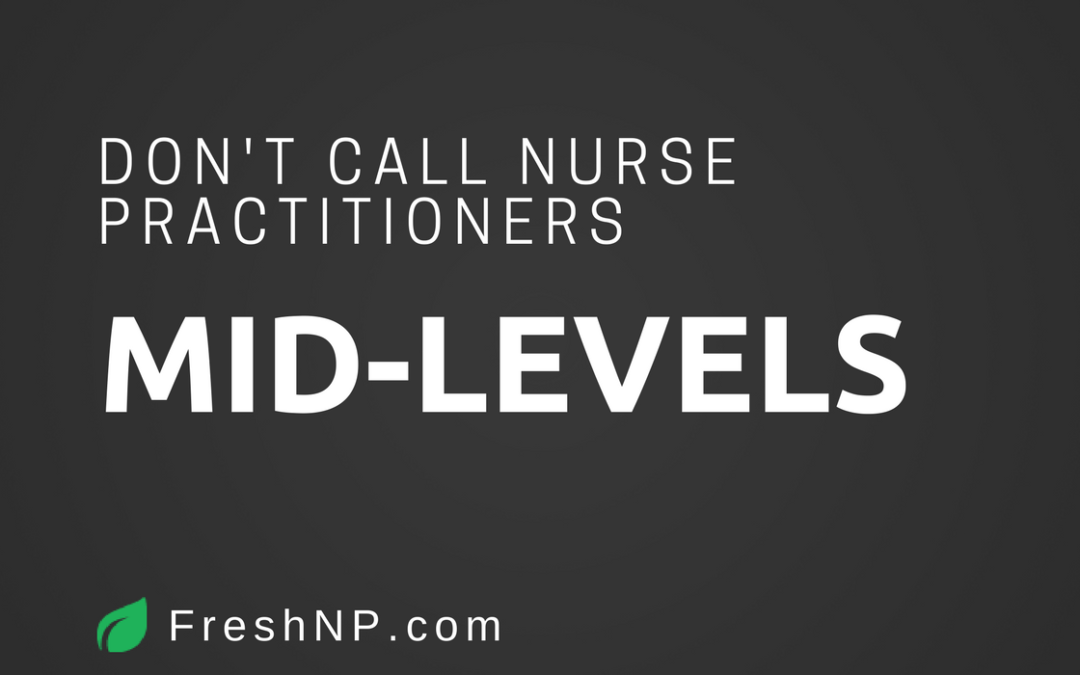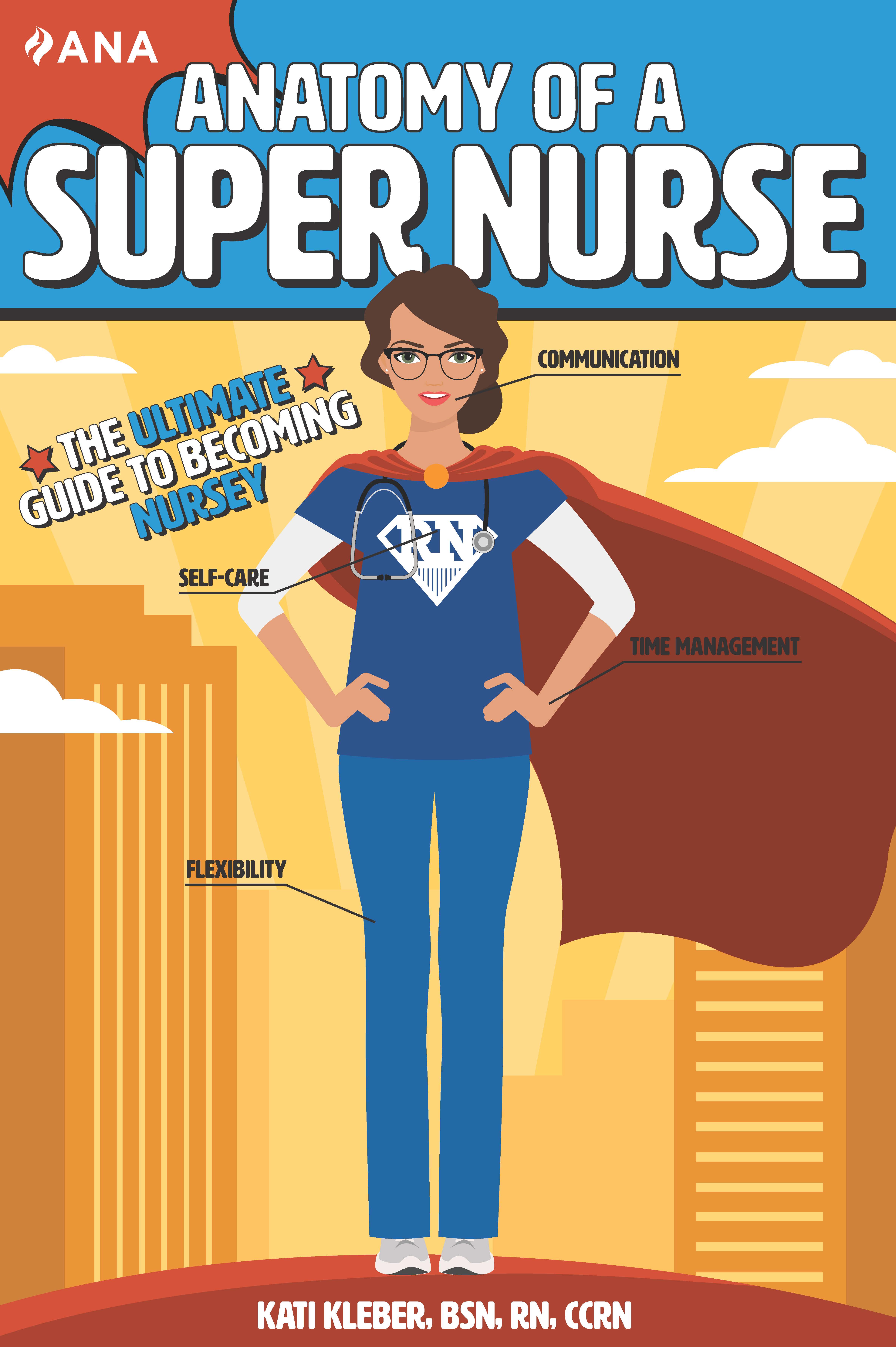Mid-level is a term that is commonly used when referring to a nurse practitioner. In many facilities and in many areas of healthcare, nurse practitioners and physician assistants can fulfill the same role. The responsibilities and duties that are required for a specific position within a facility or health care system can be carried out by either a nurse practitioner (NP) or a physician assistant (PA). So these two professional roles have been referred to as a singular entity, “the mid-level”.
Where did “mid-level” come from?
The standardization of this term most likely came from the US Department of Justice Drug Enforcement Administration (DEA). They use the term to identify people who can prescribe controlled substances (source).
Also, I believe this term was created and perpetuated out of convenience. It’s a lot more difficult to refer to a position as “the nurse practitioner or physician assistant” instead of simply saying “the mid-level”. As an example, when a healthcare provider pages someone for a particular service, often times the operator on the other end of the phone will ask who they want to speak to, the physician or the “mid-level”. For that particular practice group, they probably have several nurse practitioners and/or physician assistants who fulfill the same role. So once again, the term mid-level was created out of convenience.
Why we hate it
As a nurse practitioner, the term mid-level is derogatory on many levels. It not only gives misdirection about the NP or PA role, but it also gives a vague negative connotation to the description of the position itself.
As you can imagine, “mid-level” insinuates sub-par or “middle of the road” care. NPs and PAs are the linchpin that connects the bedside nurse and the physician. So, if we take the term as a literal definition, that would infer that the physician is the “upper-level” and the bedside nurse is the “lower level”.
Yes, derogatory.
All nurse practitioners are registered nurses. In some states the acronym that signifies a nurse practitioner is CRNP = certified registered nurse practitioner. Every nurse practitioner must be licensed as a registered nurse prior to becoming a nurse practitioner. In fact, you cannot be issued a nurse practitioner license from the state board of nursing if you do not have an active registered nurse license. So as you can imagine, calling a (former) registered nurse (current nurse practitioner) a mid-level while inferring the bedside nurse is a lower level can be interpreted as extremely derogatory.
The term mid-level also implies that NPs and PA’s are only giving moderate or “middle of the road” type of patient care. That “mid-levels” do not have critical thinking skills and that their care is subpar in some way.
Yes, derogatory.
One could take it a step further, and insinuate that these “mid-levels” are simply taking orders from the physician because they are the “middleman” (or middlewoman).
Yes, derogatory.
To review, no, NPs are not mid-levels. NPs do not provide subpar care. NPs do not simply take orders from physicians. And a registered nurse is not a “lower level”.
Please stop calling us mid-levels.
So, what should you call us?
I would like to offer a solution. NPs and PAs are health care providers who possess advanced education. I would encourage you to refer to this NP/PA category as the Advanced Practice Provider. It gives a more accurate description of the role and eliminates any negative connotation that could be misinterpreted.
I would also challenge you to educate the masses. The next time you hear or read the term mid-level maybe you’ll share this blog post with them.
More resources on this topic
- Advanced Practitioners are Not Mid-Level Providers – NCBI
- Stop Calling Nurse Practitioners Mid-Level Providers – KevinMD
- Advanced Practice Providers are Key to America’s Healthcare Future – Forbes
- The Doctor is Out, But the Advanced Practice Provider Will See You Now





I know for CRNAs, we also hate the term “physician extender.” Do NPs feel the same way? The concept is that we functioned autonomously long before the “team” concept of anesthesiologists and nurse anesthetists working together evolved. I personally tend to be unoffendable, but I never miss a chance to let someone know, “Actually, my level is Ultra.”
Agreed, the term “physician extender” can be equally unwanted.